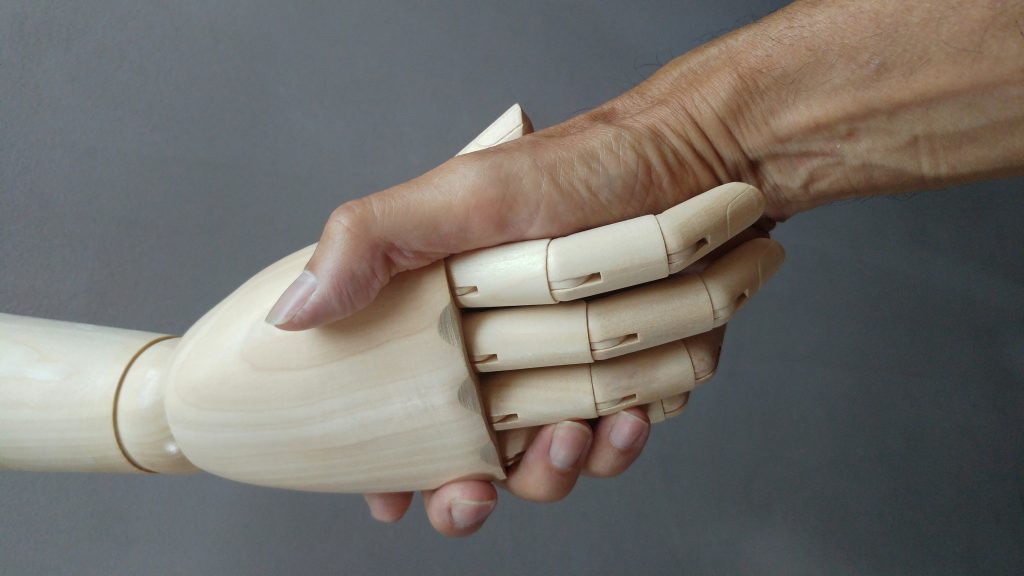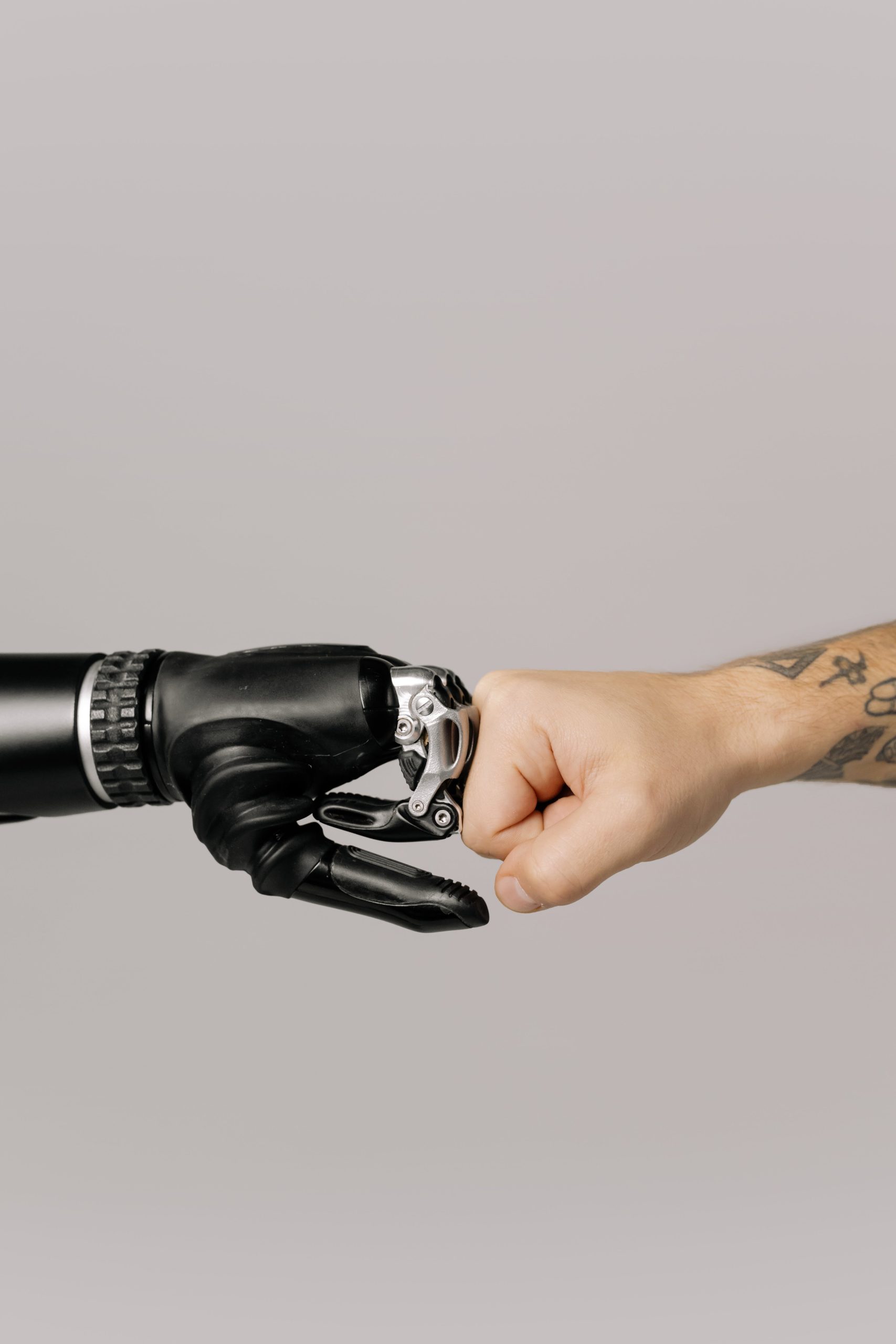The development revolves around a pioneering device integrated into the prosthetic hand, which incorporates sensors capable of detecting changes in temperature. Through a sophisticated mechanism, these sensors transmit signals to the wearer’s nervous system, enabling them to perceive variations in temperature in real-time.
For the individual who received the prosthetic hand, this innovation represents a transformative milestone. Previously, he relied solely on visual cues or external indicators to gauge temperature changes, limiting his ability to fully engage with his surroundings.

With the introduction of the new device, he can now experience the warmth of sunlight, the coolness of a breeze, or the heat from objects, restoring a sense of connection and normalcy to his daily experiences. This enhanced sensory feedback not only enriches his quality of life but also enhances his safety and independence in various scenarios.
Beyond its immediate impact on the individual recipient, this breakthrough holds promise for the broader community of amputees and individuals with limb differences. By demonstrating the potential for prosthetic devices to provide sensory feedback and emulate the functionality of natural limbs, this innovation opens doors to new possibilities for prosthetic technology in the future.
Moreover, the successful integration of temperature-sensing sensors into prosthetic limbs underscores the significance of interdisciplinary collaboration between researchers, engineers, and medical professionals. By harnessing advancements in fields such as neuroscience, materials science, and robotics, innovators can continue to push the boundaries of prosthetic design and functionality.

As technology continues to evolve, the overarching goal remains unchanged: to enhance the quality of life and promote autonomy for individuals with limb loss. With each breakthrough, the chasm between natural and artificial limbs diminishes, offering optimism for a future where individuals with limb differences can fully participate in and contribute to society.
In conclusion, the recent innovation enabling a man to perceive temperature with his prosthetic hand represents a notable leap forward in prosthetic technology. By reinstating a critical sensory function to individuals with limb loss, this advancement brings us closer to creating prosthetic devices that closely emulate the capabilities of natural limbs. As researchers and engineers persist in their pursuit of innovation, the horizon looks brighter for individuals living with limb differences.
Read More: NASA’s Unrivaled View: The PACE Satellite Launch and Its Mission
